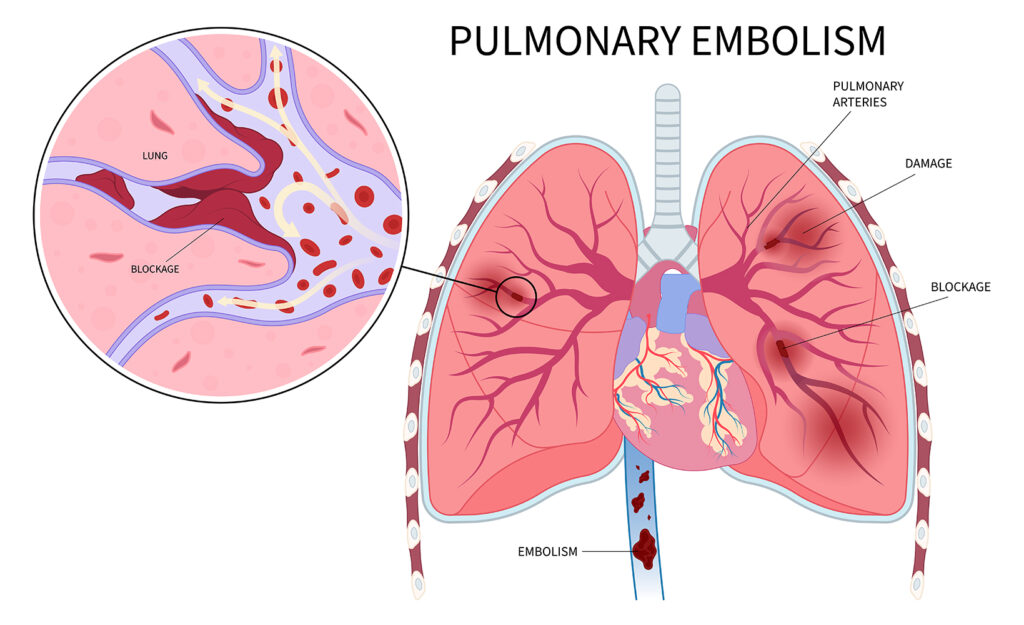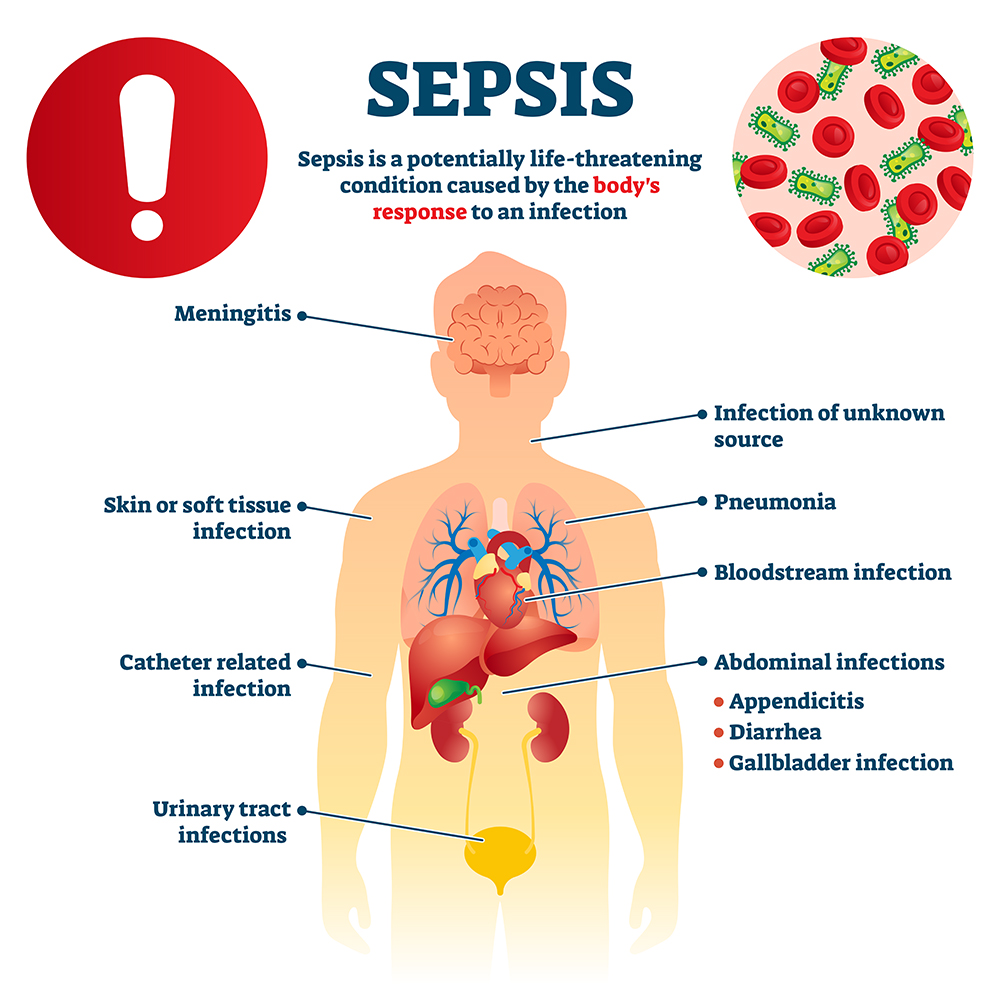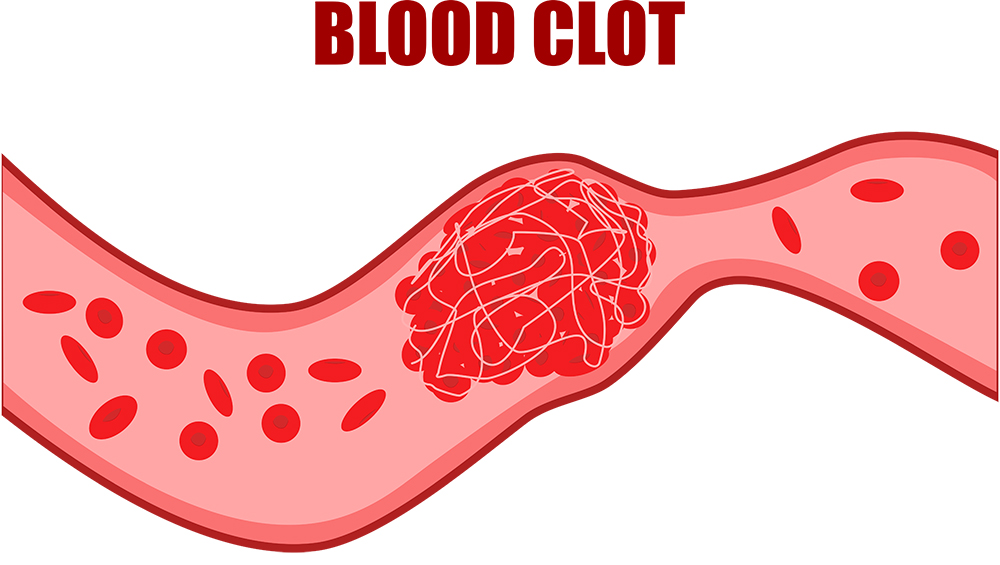If you believe that you or a loved one have experienced a PICC line, midline, or central-line intravenous catheter related infection, you may be entitled to compensation.
There are approximately 5 million central lines placed in the United States each year with an increasing percentage being PICC lines and midline venous catheters. PICC lines, midlines, and central lines devices are defectively designed because they result in an unreasonable risk of blood clots and blood infections that could have been reduced with safer alternative designs that use coatings that substantially reduce the risk of blood clots and infection that have been available since 2013.
The risk of blood clots (deep venous thrombosis) and sepsis from PICC lines and midlines is the same in a study of 3560 patients in 2020 with 28% suffering sepsis and 7% developing septic shock.
PICC lines and midline catheters develop thrombosis or blood clots far more than what is warned by the manufacturers. A 2016 study provided ultrasound evaluation at 5-7 days and between 12-14 days and 37.5% had a line associated blood clot. The use of anticoagulation did not prevent line associated blood clots and 22.9% of patients on blood thinners.
CONTACT US FOR A FREE CONSULTATION
PICC Line
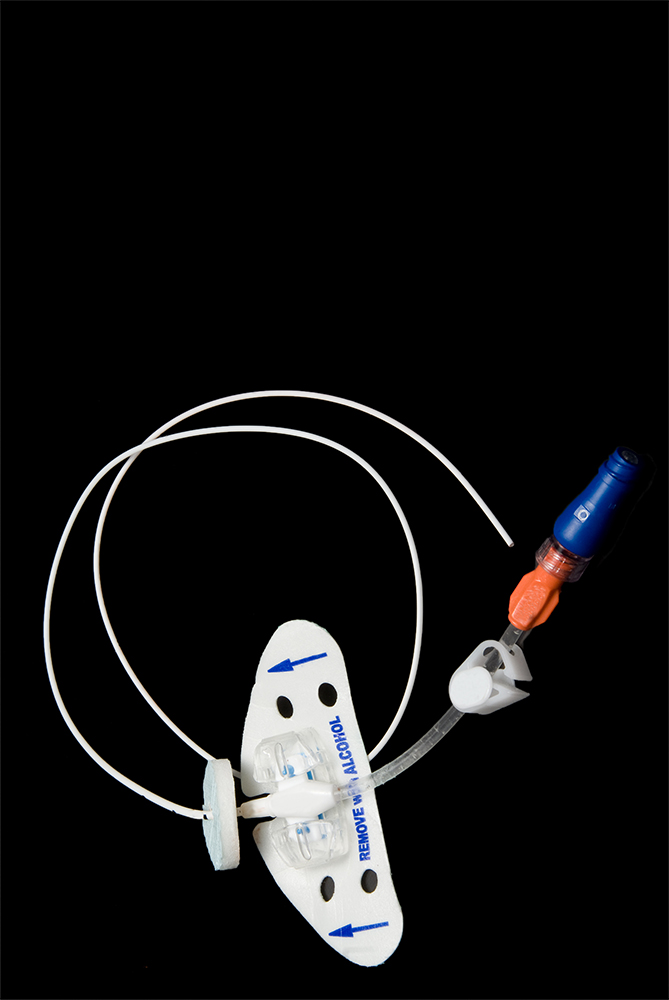
A PICC line refers to a peripherally inserted central catheter. It is a tubing that is placed through peripheral veins and guided in through the larger central veins toward the heart.
Midline catheters: Venous catheters are tubing that are inserted in the upper arm through peripheral veins with the tip of the catheter in the brachial or axillary vein.
PICC lines uses:
Midlines uses:
GET HELP NOW
This is a product liability lawsuit against the manufacturers of PICC lines and midline catheters. Manufacturers who chose profits over patient safety and failed to design their catheters with the commercially available technology to reduce the risk of line associated blood clots and line associated blood infections should be legally responsible for the harm caused to persons of all ages including neonates.
We represent the elderly, adults, children, and neonates who have suffered complications caused by peripherally inserted central catheters that include:
- 1
PICC or midline thrombosis or blood clot associated with the line
- 2
PICC or midline related bloodstream infections caused by biofilms and blood clots
- 3
PICC or midline occlusion or blockage: Requiring thrombolytic use or removal of device
- 4
PICC or midline material failure including cracking and kinking of device
- 5
PICC or midline migration of the device requiring retrieval of the device with surgical or endovascular intervention
Learn more from our experts:
Dangers of Peripheral IVs: Pain, Local Infection, Thrombophlebitis, and Bloodstream Infections
“Hospital medicine requires both nurses and doctors to understand the serious risks of acute phlebitis from peripheral IVs and to promptly assess and treat complications as they arise,” states Greg Vigna, MD, JD, Board Certified [...]
JAMA Study: ‘Risk of Major Device Complications was Lower with Mid-lines’ than PICCs
“Studies that examine the benefits of superhydrophillic catheters, which reduce blood clots and blood stream infections caused by mid-lines and PICC lines would be welcome, as this study compares one defective product to another,” states Greg [...]
PICC Lines and Candida Auris, an Established Hospital Acquired Bloodstream Infection
“Polyurethane PICC lines are defective because they do little to reduce the risk of hospital acquired infections,” states Greg Vigna, MD, JD, national sepsis attorney. What is reported by Dr. Cesar Arias, MD, Ph.D, in his [...]
Potential Complications:
What is BIOFILM?
Bacteria that are embedded on the surface of the catheter with other bodily substances.
What is BACTEREMIA?
Bacteria that are in the bloodstream. Symptoms include fever, chills, and sweats. Bacteria in the blood lead to sepsis and septic shock.
BLOOD CLOTS ASSOCIATED WITH CATHETERS GET INFECTED
Bacterial colonization rates are almost double in catheters with thrombosis (32% vs. 19.4%); catheter sepsis rates are more than double (19% vs. 7%); and septicemia rates are more than triple (11.6% vs. 3.6%) when thrombosis is present.
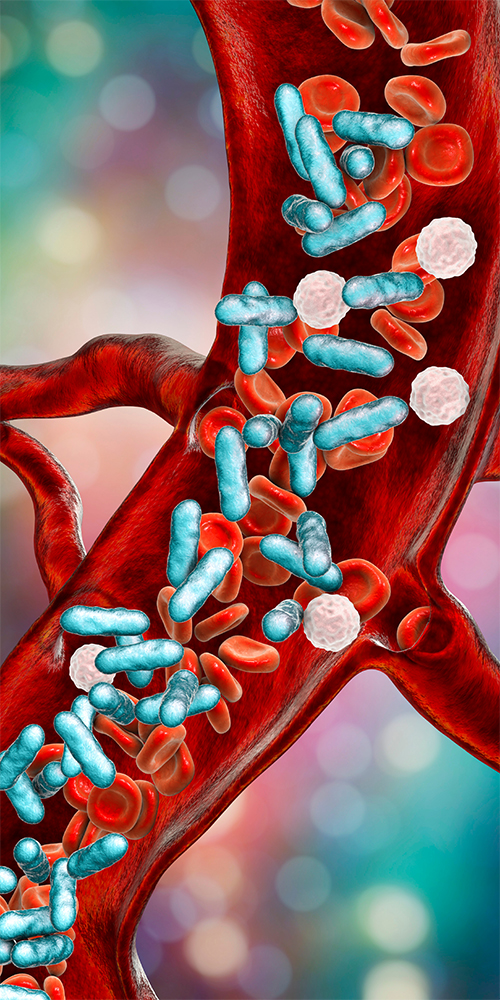
PICC lines and midline thrombosis complications are costly:
There are over five million PICC lines and midlines catheters inserted into the veins of patients in the United States with complications that cost $4.5 billion dollars every year.
It is estimated that each PICC and midline thrombosis or blood clot complications cost $24,558.
Each PICC and midline blood infection cost $12,982.
Each PICC and midline occlusion cost $624.
PICC lines and midline injuries are serious:
- 1
Thrombosis or blood clots or pulmonary embolism require 3-6 months of blood thinners including Coumadin, Eliquis, and Xarelto.
- 2
Blood infections from PICC lines and midline catheters lead any of the following:
a. Sepsis: Multiple organ damage from inflammation as a result of infection that may result in organ damage to brain, kidney, heart, liver, and lung. Symptoms include fever, chills, rapid breathing and heart rate, and confusion
b. Septic shock: A life-threatening condition that caused dangerously low blood pressure because of infection that may result in amputations of fingers and toes, brain damage, kidney failure, ventilator dependence, oxygen dependence, and nerve damage.
There are over five million PICC lines and midlines catheters inserted into the veins of patients in the United States with complications that cost $4.5 billion dollars every year.
It is estimated that each PICC and midline thrombosis or blood clot complications cost $24,558.
Each PICC and midline blood infection cost $12,982.
Each PICC and midline occlusion cost $624.
PICC lines and midline injuries are serious:
Product liability lawsuit against the manufacturers of PICC lines and midline catheters who have sold or continue to sell inferior polyurethane or silicone PICC lines since 2012. They have placed these devices knowing these devices crack, migrate, clog or occlude the tubing, cause blood clots, and cause blood infections. They knew their devices could be designed to reduce thrombotic complications and line associated bloodstream infections, but they chose profits over safety.
Manufacturers of PICC lines and Midlines and Implantable Ports include:
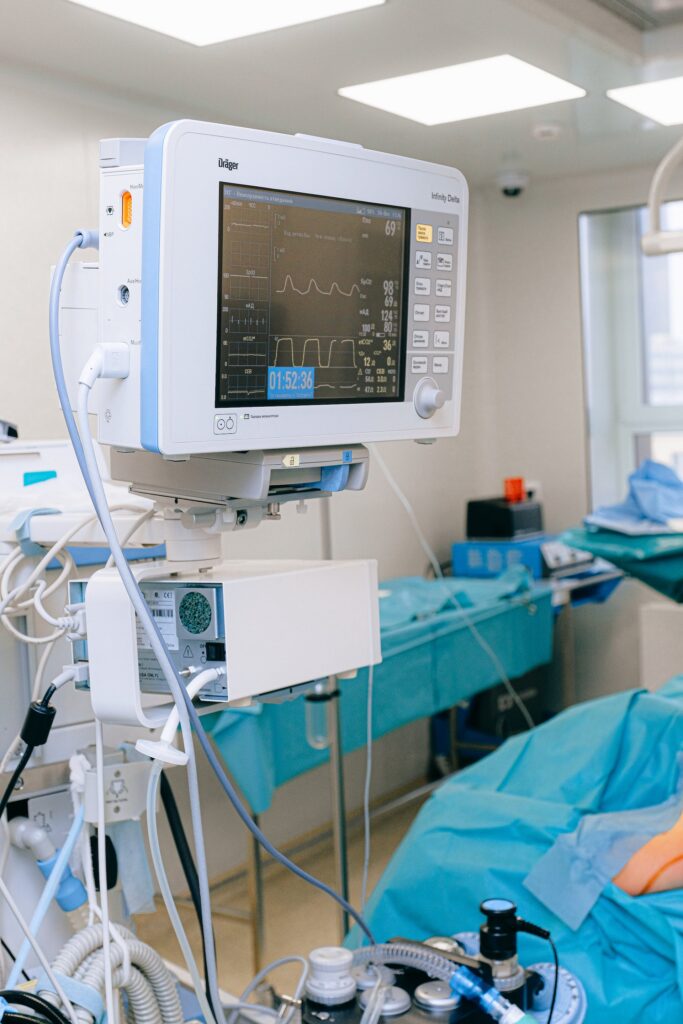
- CR Bard Inc.:
- PowerPICC catheter
- PowerPICC SOLO
- Poly RADPICC
- PowerGroshong PICC silicone catheter
- Poly Per-Q-Cath Triple Lumen PICC
- Silicone Dual Lumen RadPICC catheter
- Groshong Dual Lumen PICC
- Angiodynamics/Navilyst:
- Morpheus
- Vaxcel
- Xcela
- PASV technology
- Teleflex:
- Power Injectable PICC
- ArrowEvolution antimicrobial PICC (chlorhexidine and silver sulfadiazine) with antithrombotic performance
- Medcomp:
- Vascu-PICC II
- Pro-PICC CT
- Cook Medical:
- Spectrum Turbo-Ject PICC
- Silicone PICCs Antimicrobial
Understanding the Risks: Thrombosis and Complications Associated with PICC Lines
Silicone catheters and polyurethane when placed in the bloodstream stimulates a cascade of inflammatory reactions in every patient that leads to platelets clumping and clots which is called thrombosis. Thrombosis of the catheter leads to occlusion so that blood can’t be drawn from the line and medications cannot be provided through the line. Thrombosis of the vein around the line anywhere along the course of the PICC line or midline is a deep vein thrombosis (DVT) that are dangerous blood clots that can cause swelling, pain, and potentially death if they break off and travel to the lungs which is called a pulmonary embolism. Treatments require long-term anticoagulation or a blood thinner and removal of the PICC line or midline.
PICC lines were marketed as being safer than central lines placed above the shoulder as they were believed to have lower risk of central line associated bloodstream infection. Unfortunately for patients, that is not the case and PICC line infections are 1.7x more common in the hospitalized patients than central lines.
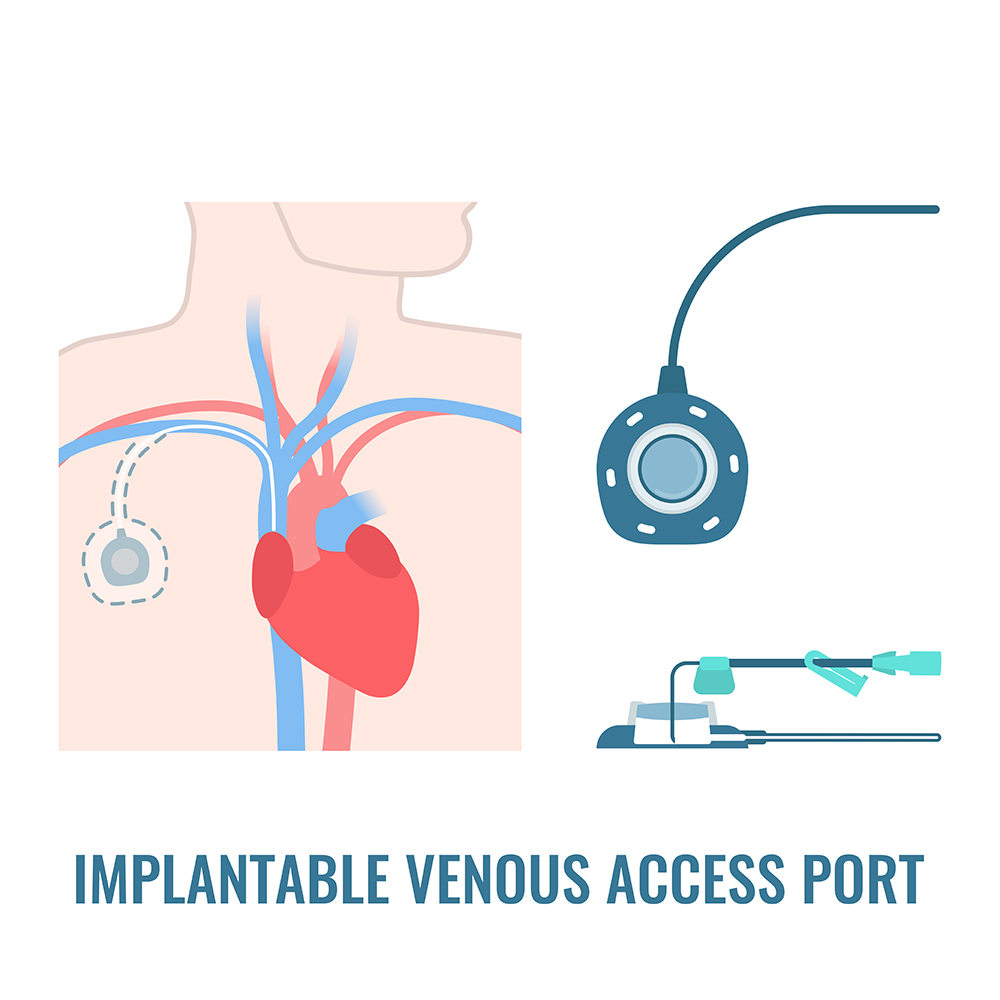
Injuries:
- PICC lines and midline catheters are associated with venous thrombosis, pulmonary embolisms, and bloodstream infections
- Pulmonary embolisms lead to disabling injuries including anoxic brain injury, and death
- Blood stream infections lead to sepsis that produces disabling injuries to kidney, lung, brain, amputations, and death
The conduct of Defendant Manufacturers must be PUNISHED because they have a duty to make PICC lines and midline catheters safe.
- The failure of defense manufacturers manufacturer PICC lines and midline catheters with a coating that reduces the risk of thrombosis and blood injections must be punished
- The failure to reduce the inflammation and thrombosis associated with polyurethane and silicone PICC lines must be punished
- The failure to reduce the reduce the degradation associated with polyurethane that leads to a rough surface that causes blood clots must be punished
Money damages include:
- Past medical care required for thrombotic complications including the cost of blood thinners
- The cost of past medical care required for the management of bacterial bloodstream infections caused by the uncoated PICC line and midline catheter
- The cost of future medical care for thrombotic complications and bloodstream infections
- Pain and suffering caused by thrombotic complications and bloodstream infections
- Punitive damages to punish the manufacturers for the knowing failure to design and manufacture a safer alternative PICC line and midline catheter that has been available and on the market since 2012
NEONATAL SEPSIS RISKS
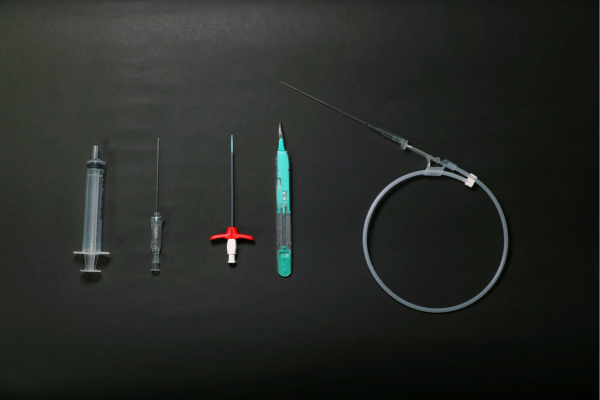
Neonatal sepsis caused by PICC lines that do not use the super hydrophilic models pose a significant risk factor for cerebral palsy, more significantly in premature or preterm babies. Infections during the neonatal period may contribute to brain damage, leading to cerebral palsy. This condition, characterized by impaired motor function and posture, can have lifelong impacts on affected individuals and their families.
Research has shown that infections like sepsis and meningitis can disrupt normal brain development in newborns. Early identification and treatment of these infections are critical to prevent long-term neurological damage. However, the exact mechanisms by which infections lead to cerebral palsy are not yet fully understood, necessitating further scientific studies.
Healthcare providers are urged to adopt rigorous infection control practices and ensure timely medical intervention for newborns displaying signs of infection. Additionally, public health initiatives must focus on educating parents and caregivers about the importance of early detection and treatment of neonatal infection




